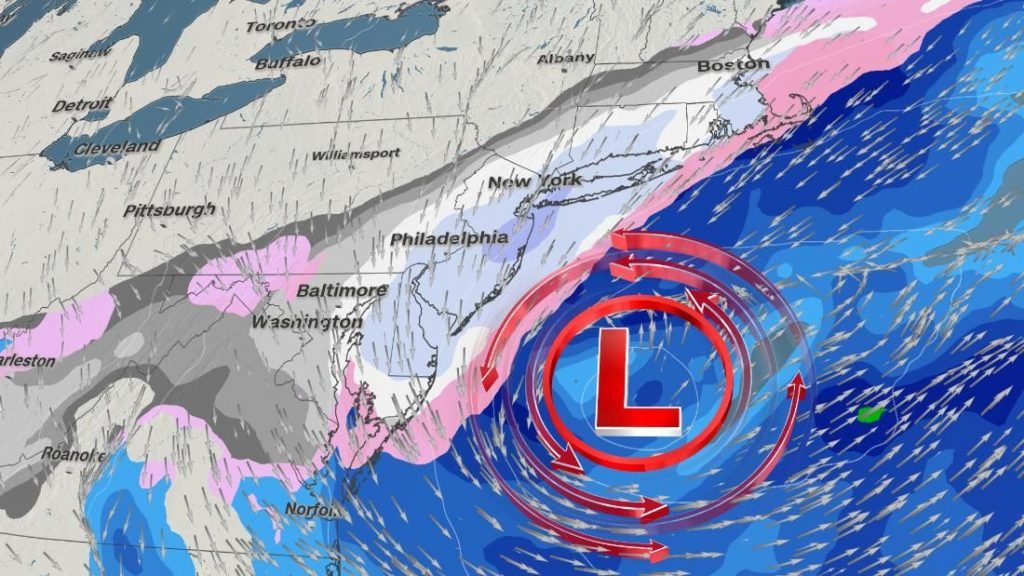In the past three weeks three harsh nor’easter storms have battered the northeastern U.S., bringing the total to five for the winter. A sixth may be forming this week, which is highly unusual. Four of the five storms were bombogenesis, a legitimate technical term that means the atmospheric pressure within the nascent storms dropped rapidly and radically, causing them to “blow up” into raging beasts. Scientists have been predicting these very circumstances. And now more data are supporting a once-controversial theory that the warming Arctic is making winter weather more extreme… And for people in those areas, the streak represents a new normal: storms that are nastier and stick around longer than anyone would like!
In the Northeast, three monster nor’easters in three weeks is certainly extreme. Weather in the Arctic has also gone crazy. In late February, for example, temperatures in some locations spiked more than 50 degrees Fahrenheit above normal. More than a dozen major climate records have been broken in just the past three years: high winter temperatures, low winter and summer sea ice, extensive thawing of permafrost, and so on. But unlike in Las Vegas, what happens in the Arctic does not stay in the Arctic. For almost a decade, scientists have been predicting that rapid Arctic warming may disrupt atmospheric circulation patterns, including the infamous polar vortex, that control winter weather all around the northern hemisphere, including the U.S., northern and central Europe, and northern Asia.
We see the jet stream on weather maps all the time: the familiar big wave that rises from the Pacific Ocean north toward Alaska then plunges southward across the mainland U.S. toward the Gulf of Mexico. The new idea is that very wavy jet-stream patterns would occur more often, and those weather-producing waves would move west to east across North America more slowly than usual. When these large waves form they tend to hang around a long time, creating prolonged weather conditions that can lead to droughts, long cold spells, nor’easter after nor’easter and even winter heat waves.
Last week, a paper published in Nature Communications makes a bold assertion: these linkages are no longer a hypothesis. There is indeed a strong correlation between unusually warm Arctic temperatures and extreme winter weather in the eastern U.S.

In the Northeast, three monster nor’easters in three weeks is certainly extreme. For people on Cape Cod who have been without power for a week, for residents of Boston shore towns whose homes have been wrecked twice by record high tides and waves, for people in interior communities who got two feet snow at once, the streak represents a new normal: storms that are nastier and stick around longer than anyone would like.











